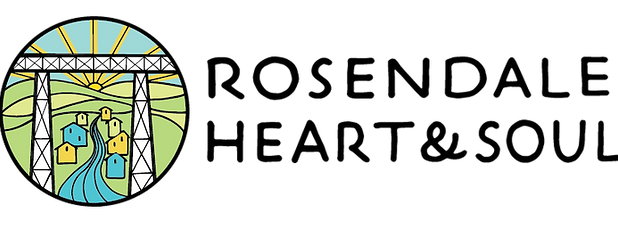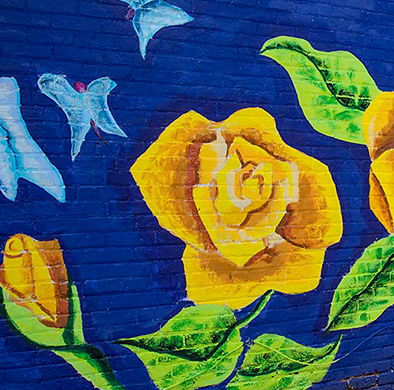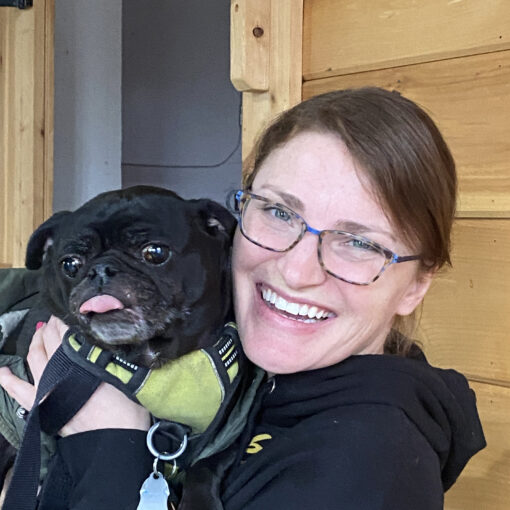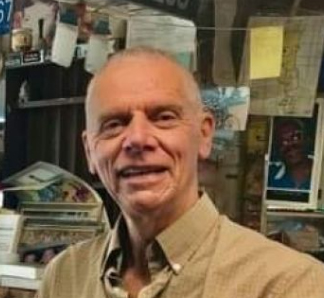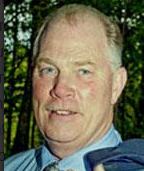April 14, 2025, Shawn by Maria
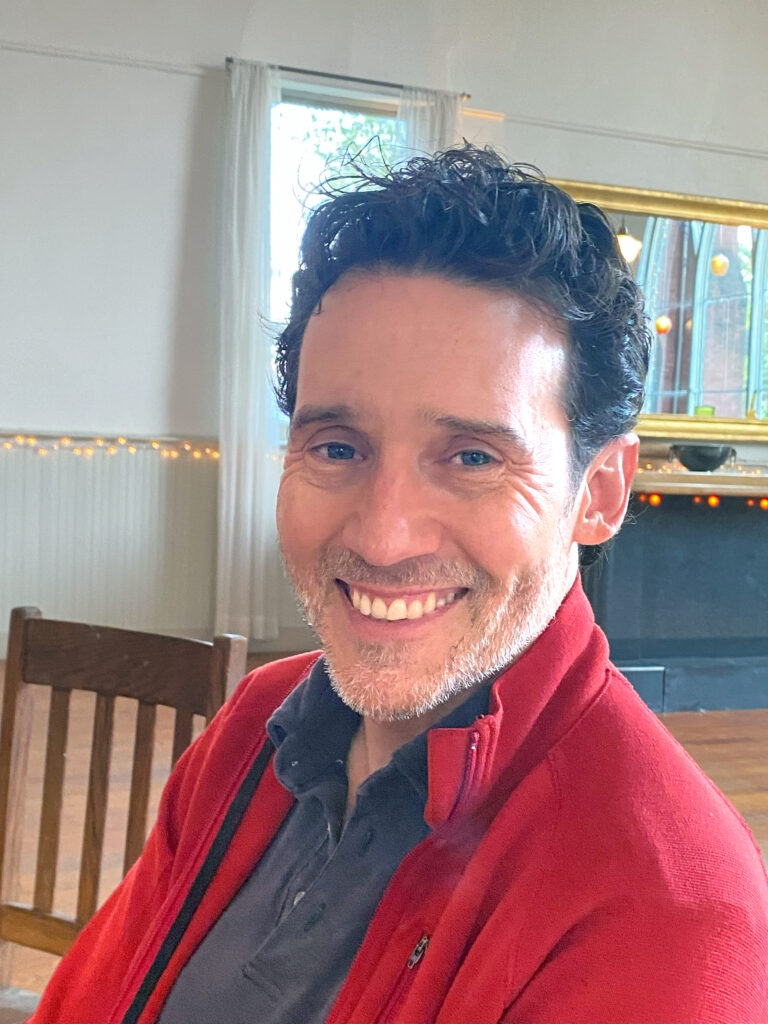
M: Hi Shawn, what do you love about Rosendale?
S: Oh, how long have you got? So many things. I’ve lived here for 7 years now, and Ulster County for 10 years. I always felt attracted to this area. And wow! It’s such a sweet spot for myself and our family. We’re in Tilson, so just down the hill is Rosendale Village. We have groceries and restaurants and the park, and the trails — go hiking at Joppenbergh a lot. Have a lot of friends just in town, so it’s a great place to meet and connect with people. People know about it. So when I say I live over here, people say, “Oh, I know that place.” And it’s a special combination of natural beauty and natural abundance: there’s enough people that there’s something interesting, and there’s enough nature. So it’s a nice balance between people and nature. Love the rail trail, do a lot of bike riding. Love the rivers, canoe and paddle on the rivers. Love the people. Love Kingston, New Paltz, and kind of being right in between.
M: And Shawn, why are all these things important to you?
S: These things are important to me: quality of life, quality of living. The things I love are important to me, just the fact that this is my home place. This is where I spend my days. And so I have access to these things.
M: And did you choose Rosendale to live in, or did you grow up here?
S: I grew up in Rochester, New York. And then I spent 20 years in San Francisco. I was looking for something more like this — a smaller-scale place that I could feel more connected to, but still have access to New York City there, and Kingston and Poughkeepsie[?], other places with more people. And still, it’s very dark at night where I live. Have a nice yard and we’re growing food.
M: Have you concerns for Rosendale? Are there things that you feel need protection? Need love? Thoughts that you might have about vulnerabilities?
S: I would say concerns that I have are kind of parallel concerns for humanity and people in this country at this time. I’m concerned about the pressure of late capitalism — the pressure it places on people to produce value for others who aren’t around. That’s really an extreme pressure that really sacrifices quality of life. As much as I love it here, and I think there is a nice pace of life, most people I know are working too hard, too much, making not enough, and really stressed out to make it all work. I don’t know if it’s specifically a problem for Rosendale, or if it’s more endemic to the modern world at this moment. That’s part of what I like about Rosendale — the scale of things. I feel like there’s a little more spaciousness from all that. Although, of course, people living here are subject to the same market forces. I mean, it occurs to me — and I’m sure you are noticing — a lot of businesses opening even this year, the price point of some of those businesses is certainly not for most of the local population. So there’s some concern of it becoming too elite or too expensive – taking a cute little town and turning it into a high-end weekend spot for people who don’t live here.
M: What ideas do you have for Rosendale? What would you like to see here, that isn’t here?
S: I’ve been really appreciating the Heart & Soul community and process. I was there for the launch a few years ago. So it’s definitely been on my mind. One of the biggest things that’s occurring to me is an opportunity is the waterfront along Rondout Creek. Both sides, but particularly the north side. I think it could be like a promenade, a public walk or public park — a linear park. With more seating, picnic tables, just more inviting.
M: And why? How do you see that benefiting Rosendale? What do you think that will do for the community?
S: Well, first of all, all human culture is attracted to water. There’s always water access, and places for people at the water, and that’s not the case right now. There’s a little pavilion there, right across from Stewart’s, but other than that… I just think it’s a huge opportunity. I guess some people a little upstream won’t allow people to walk by, I understand there’s some resistance, but I would imagine that’s something that could be overcome.
The other is also the parking lot — Willow Kiln Park. To me, that really wants to be the Commons, or more of the Commons, and maybe less just a place for parking cars. There’s the farmers market, and events there, but it just seems like it could be much more of a robust place. And you’re probably aware I’ve been working with David Todd on the Bell Tower and a real estate cooperative. So there’s some big things in motion. That’s kind of thinking bigger picture — urban design or village architecture. It feels like there are some bigger pieces that could change.
M: And how do you see that would benefit the community?
S: Here’s an observation of human history: every place on Earth where there’s small-scale human settlement, it’s usually in a round space, with space in the middle for people. Then you have colonialism coming in and imposing a grid on top of civilization, so a guard can make sure nobody’s gathering. So when the main commons is only used for going somewhere else in a car… It eliminates that space for the Commons — to gather and connect. If there is that space, people can be there. And then you have all types of abundance coming off that — people being in more contact with each other.
M: Other ideas? Anything you’d like to see just for yourself and your family — or small, fun things?
S: It seems like — just because it’s already there — there’s a wonderful community center and grounds. It seems to be a little underutilized. It’s nice. There’s a sign there now. It feels a little more communicative, and I’ve been noticing more cars, but often I don’t know — what are these people doing? Is there an event? It’s kind of like…
M: So maybe more communication about what’s going on. Great!
